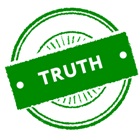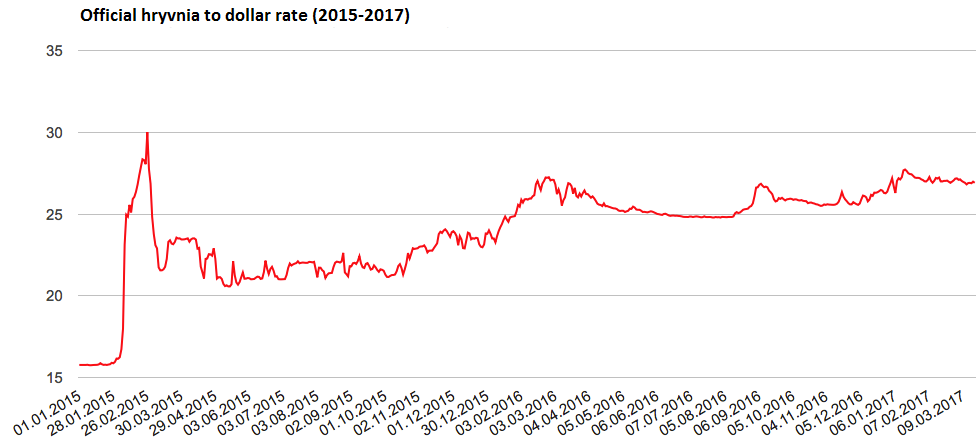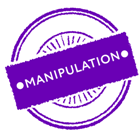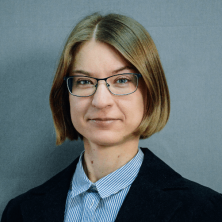This year the President has not given his traditional press conference for mass media yet; but he granted interviews to three TV channels and delivered a long address to the Regional Development Council. The below text presents a check of the latter. The President spoke a lot about last year’s economic problems and achievements of Ukraine, the ORDLO blockade, the war with Russia, populism, fight against corruption and other things. VoxCheck selected 11 quotes from Poroshenko’s address and checked them. According to this fact-check, three quotes from Poroshenko speech were true statements, while the rest were exaggerations and manipulations.

All Ukrainian Governments (two Cabinets of Ministers headed by Arseniy Yatsenyuk and a third one, that of Volodymyr Groysman) had no other choice but to take recourse to very harsh, principled and unpopular steps. <…> it was these hard decisions that made it possible to upturn the trend! According to the 2016 results, the GDP increased by 2.2%.
Indeed, according to State Statistics Service data, the GDP increased by 2.3% in 2016. However, the GDP increase occurred not only as a result of reforms but also owing to bumper crops and a rise in world prices for ferrous metals in 2016.

At present, industry is recovering. It demonstrates an increase of 2.8% in 2016.
According to State Statistics Service data, the 2016 results have shown a 2.8% increase in industrial production.

However, industrial growth stopped three years before the aggression, in 2011. And I still don’t know whether we have upturned that years-long trend to make it positive.
The industrial decline began in 2012 (-0.5% against the previous year) and reached -13% in 2015. Therefore, the statement that the decline began in 2011 is either an exaggeration of the length of the crisis or just a slip of the tongue on the part of the President. The second part of the statement is true: it may be too early today to talk of a stable increase in industrial production, in view of the current shocks (e.g. the Donbas blockade).

The gold and foreign currency reserves were melting like snow in spring; and by February 2015 they had shrunk practically to 5 billion dollars. As of today, they amount to 15.5 billion. That was where most of the funds received from international financial organizations and 100% of the IMF funds went to.
The amounts are correct. The National Bank really received loans from the IMF as well as from other organizations and governments. However, not 100% of the IMF loans went to the NBU reserves. 46% was transferred to the budget of Ukraine.

All have heard politicians say that IMF money was eaten away, stolen, or misused. This is a sheer, total and irresponsible lie. Each single kopeck that Ukraine received from the IMF is carefully preserved in the gold and foreign currency reserves of the State, working for the stability of the national currency.
According to information from Dragon Capital, during 2014 and 2015 Ukraine received IMF loans totaling $12.1 billion; of these, $6.5 billion was received by the NBU, which transferred the funds to the gold and foreign currency reserves, where they really remain. The rest of the funds – $5.6 billion – were allocated for general budget support, as had been agreed upon with the IMF. Thus, the funds were used as intended. Inasmuch as the funds were not allocated to specific items of expenditure, it is hard to say definitely how that money was spent.

The rate of the hryvnia has been flexible for a third year running, while remaining relatively unchanged.
It is unclear from this quote what “relatively unchanged” means. It might be assumed that this implies a rate change of no more than 10% in a month and/or a quarter. At the beginning of 2015 the hryvnia was devalued from 16 UAH/USD to 27 UAH/USD (-40% of the hryvnia’s value). Then the rate rolled back somewhat, fluctuating within the 20-23 UAH/USD interval during almost all of 2015. At the beginning of 2016 the national currency was again devalued – to 25-26 UAH/USD (minus 10-20% compared to the previous rate of 20-23 UAH/USD); as of today, the official rate is 26.8 UAH/USD. These are data from the National Bank. The most recent monthly fluctuation exceeding 10% (maximal in relation to the period’s minimal value) was recorded in April 2015; quarterly fluctuation, in the 1st quarter of 2016. Thus, the rate has been “relatively unchanged” only since 2016. So it would not be right to say that the rate of the hryvnia has been relatively stable for a third year running.

Source: The National Bank of Ukraine

Hope for a better future is inspired by parameters such as accelerated growth of wholesale trade and construction industry. It’s more than 17% for last year. This means that construction will stimulate related industries.
In 2016, construction output increased by 17.4%; wholesale trade volume, by 4.9%. However, in 2014 and 2015 there was a considerable decrease in construction and wholesale trade turnover: construction industry fell by 310% and wholesale trade by 28%. Therefore, the current increase results to some extent from the low base effect.

Whereas at the beginning of 2014 defense spending amounted to 1% of the GDP, in 2016 we raised that spending to 3.2%. … As to the combined spending on defense and security it already exceeds 5% of the GDP.
In 2014, 27.4 billion UAH was spent on the Armed Forces of Ukraine. In 2016 the military budget was increased to 59.3 billion UAH (data from the Price of the State project). This means 1.75% in 2014, the GDP amounting to about 1.56 trillion UAH, and 2.5% in 2016, the GDP being preliminarily estimated at 2.3 trillion UAH. Thus, Poroshenko downplayed the 2014 data and overstated the 2016 figures.
However, the President is right when speaking about the combined spending on the law enforcement sector and the Armed Forces of Ukraine. In 2017, 145.8 billion UAH will be spent on those purposes from the budget (again data from the Price of the State project). This amounts to 5.6% of the forecast GDP.

As the guarantor of citizens’ rights and freedoms, [I] initiated and provided for the start of the reform of the judicial system.
The President initiated five laws related to judicial system reform: “On the Judicial System and the Status of Judges,” “On Amending the Constitution of Ukraine (Concerning Justice)”, “On the Enforcement Proceedings,” “On Bodies and Persons Enforcing Judicial Decisions,” and “On Ensuring the Right to a Fair Trial.”
Local budgets have increased from sixty-nine billion hryvnias in 2014 to one hundred forty-seven billion last year. This year, the level of 170 billion must be reached.
Technical error. One hundred forty-seven billion UAH is the sum of tax revenues to local budgets in 2016. It should be noted though that in 2014 it amounted to 87.3 billion UAH rather than 69 billion UAH (data from the State Treasury of Ukraine). When talking about local budgets, it is more appropriate to refer not to tax revenues but to total local budget revenues discounting interbudgetary transfers. In 2016 they amounted to 171 billion, vs. 101 billion in 2014.

The share of local budgets in the country’s consolidated budget has also increased, getting close to 50%, which is unprecedented in the entire history of Ukraine.
Most likely, Poroshenko means the ratio of local budgets’ revenues (counting interbudgetary transfers) to the revenues of the Consolidated Budget. In 2016 that ratio was 46.7%. But in 2014 it was as high as 50.8%, due to a high level of subsidies. It would be more appropriate to use the ratio of local budgets’ revenues discounting interbudgetary transfers to the revenues of the Consolidated Budget. This ratio was 21.8% in 2016, 18.4% in 2015, and 22.2% in 2014 (data from the State Treasury of Ukraine, calculations by VoxCheck).
Attention
The authors do not work for, consult to, own shares in or receive funding from any company or organization that would benefit from this article, and have no relevant affiliations




